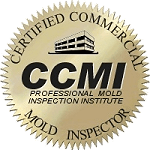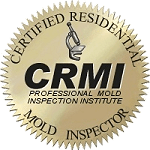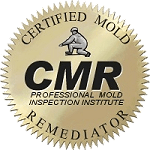Moisture Inspection

BENEFITS OF MOISTURE INSPECTIONS
WHAT CAN YOU DO TO CONTROL MOISTURE?
QUALITY INSPECTION SERVICES
BUYER INSPECTION
BUYER INSPECTION
COMMERCIAL INSPECTION
COMMERCIAL INSPECTION
MOLD INSPECTION
MOLD INSPECTION
SELLER INSPECTION
SELLER INSPECTION
WDO PEST INSPECTION
PEST INSPECTION
MOISTURE INSPECTION
MOISTURE INSPECTION
MULTI-FAMILY INSPECTION
MULTI-FAMILY INSPECTION
SEWER LINE INSPECTION
SEWER INSPECTION
INFRARED INSPECTION
INFRARED INSPECTION
MOLD
REMEDIATION

CONTACT US
Phone: 800.441.0804 (toll free)Local: 916.836.8337Fax: 877.919.6868
ADDRESS
LICENSE
ACCEPTED PAYMENTS
INSPECTION SERVICE AREA:
RESIDENTIAL / COMMERCIAL
Benicia, Davis, Elk Grove, El Dorado Hills, Fairfield, Folsom, Marysville, Manteca, Napa, Placerville, Roseville, Sacramento, Stockton, South Lake Tahoe, Tracy, Vacaville, Vallejo, Woodland, Yuba City
COMMERCIAL ONLY
San Jose, Santa Clara, Fremont, Sunnyvale, Oakland, Berkeley, San Francisco, Santa Rosa, Milpitas
NEED PEST CONTROL?

CONTACT US
CALL US
ADDRESS
9921 Horn Rd. Ste. B
Sacramento, CA, 95827
LICENSE
INSPECTION SERVICE AREA:
RESIDENTIAL / COMMERCIAL
Benicia, Davis, Elk Grove, El Dorado Hills, Fairfield, Folsom, Marysville, Manteca, Napa, Placerville, Roseville, Sacramento, Stockton, South Lake Tahoe, Tracy, Vacaville, Vallejo, Woodland, Yuba City
COMMERCIAL ONLY
San Jose, Santa Clara, Fremont, Sunnyvale, Oakland, Berkeley, San Francisco, Santa Rosa, Milpitas














